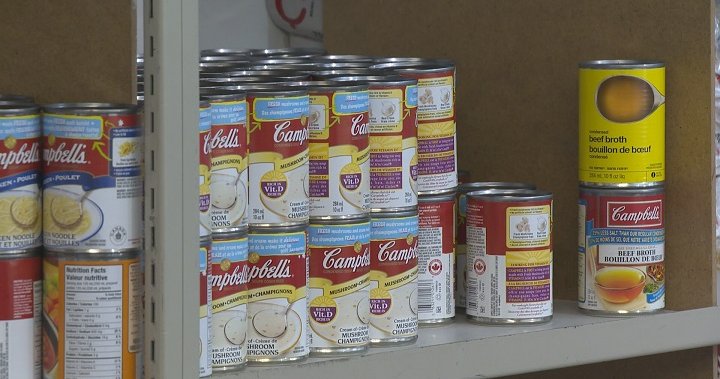Food bank use in Ontario, particularly in Toronto, has reached record levels, with the Daily Bread Food Bank reporting its highest increase in client visits since opening 41 years ago. The Who’s Hungry 2024 report indicates that there were 3.49 million client visits to Toronto food banks in the previous year, a 32 per cent increase from the year before. One in 10 Torontonians are using food banks to meet their basic needs, with over 120,000 people accessing food banks for the first time. More than half of these new clients come from households with at least one working member.
In Toronto, food bank visits have been on the rise since 2019, with numbers almost tripling from 935,000 visits that year to a record 3.49 million visits in 2024. This trend is not unique to Toronto, as food bank visits are also increasing across Ontario. Feed Ontario’s latest report showed over 5.8 million visits to food banks in the province in the last fiscal year, representing a 47 per cent increase since the start of the pandemic. Many food bank users are left with very little money per day after paying for essentials like rent and utilities, with the average person left with $6.67 per day in 2024, down from $8.01 the previous year.
The report emphasizes the urgent need for solutions to address the escalating food insecurity crisis as we move into 2025. The growing demand for food bank services highlights the pressing challenge of food insecurity in Ontario and across the country. The rising trend in food bank visits underscores the need for immediate and effective interventions to support those struggling to access sufficient and nutritious food. The report calls for collaborative efforts from government, businesses, and community organizations to address the root causes of food insecurity and provide sustainable solutions for those in need.
The increasing reliance on food banks by a significant portion of the population, including working households, reflects the deepening financial struggles faced by many individuals and families in Ontario. The economic impacts of the pandemic, along with rising costs of living and stagnant wages, have contributed to the rise in food bank usage. Many individuals are unable to afford basic necessities like food, despite being employed. The report highlights the critical need for comprehensive strategies to address the underlying issues of poverty, income inequality, and food insecurity in the province.
As food bank visits continue to climb to record highs, there is a growing recognition of the systemic issues that underlie food insecurity in Ontario. The need for sustainable solutions that address the root causes of poverty and inequality is becoming increasingly urgent. Initiatives to increase access to affordable housing, improve social assistance programs, and raise the minimum wage are essential to addressing the growing demand for food bank services. Collaborative efforts between government, community organizations, and businesses are vital to creating a more equitable and food-secure future for all residents of Ontario.
In light of the unprecedented increase in food bank usage across Ontario, there is a clear call to action for policymakers, businesses, and individuals to prioritize addressing the systemic factors that contribute to food insecurity. The record-high numbers of food bank visits underscore the urgent need for comprehensive and sustainable solutions to ensure all residents have access to an adequate and nutritious food supply. The report serves as a stark reminder of the growing challenges faced by many individuals and families in Ontario and emphasizes the importance of coming together to create a more equitable and food-secure society for all.


